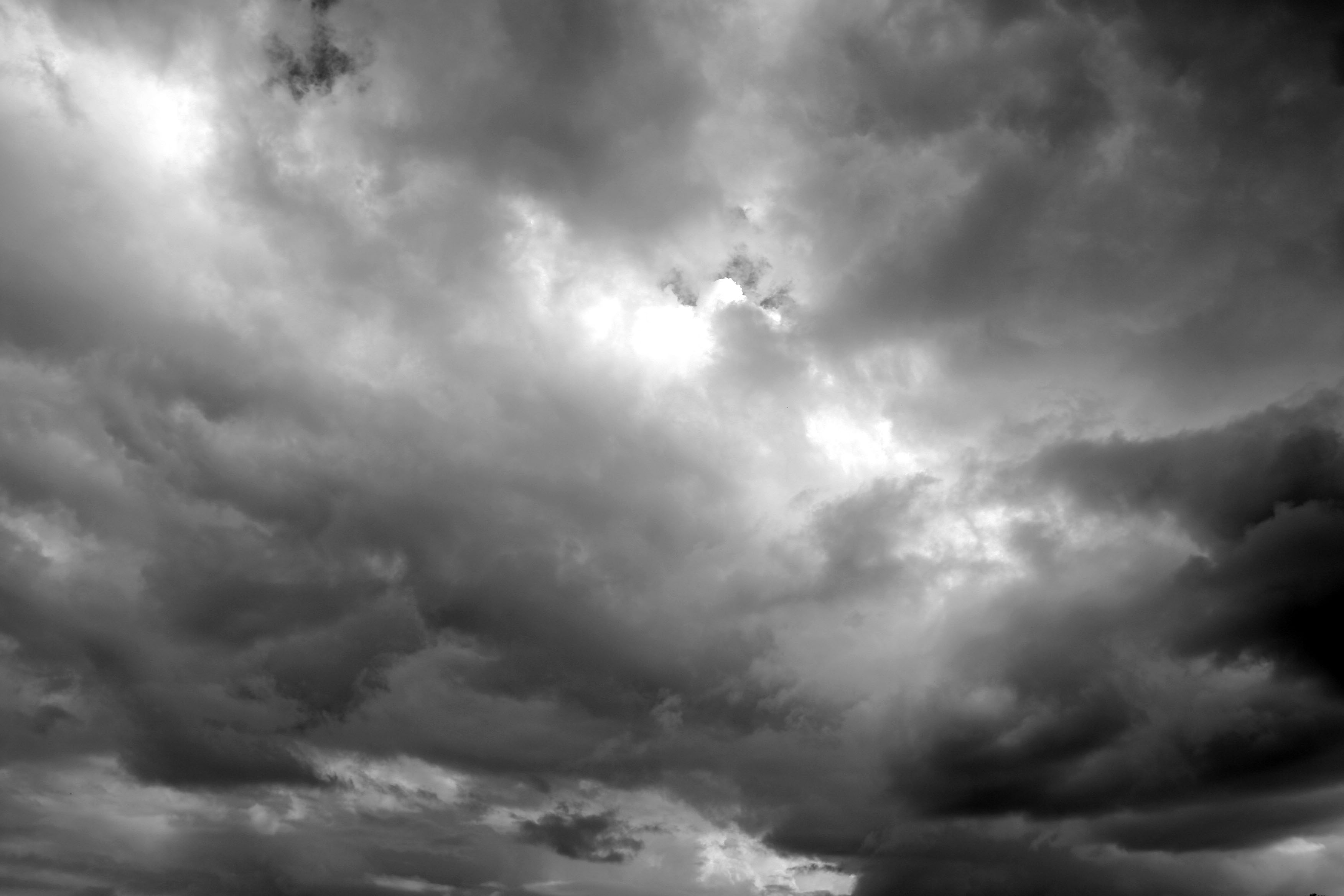Last week the Storm Doris hit the UK, bringing with her 90mph gales, blizzards and rainstorms. Her arrival brought much dismay to Brits, as those in the South fell to the knees and those in the North grabbed their ‘big coat’. Yet it also brought lots of questions, particularly surrounding our new venture to start naming storms and of course, the choice of the name Doris itself.
First of all, why are we naming storms? We are not America – and – I find it very difficult to take anything seriously named ‘Doris’. What do you picture when you hear the name Doris? Personally, I imagine one of my grandma’s friends helping her with the coffee morning at chapel or perhaps giving her baking tips. If we must name our storms maybe we should think of something slightly more threatening, to act as a deterrent. Last week, social media platforms were flooded with memes and status mocking Storm Doris, consequently making her appear less threatening to the public.
However, even though it was not felt to its full potential in Leeds, this storm was no joke. It took the life of three people. Storm Doris was also responsible for the temporary closure of Liverpool’s port, flight delays and chaos on roads and railroads that will be costly to mend. Was the severity of this storm overshadowed due to its name? Well, many studies have highlighted that often there are more casualties in natural disasters named after women than men as the general public does not view them as threatening enough. Probably did not help that the name ‘Doris’ reminds us of a warm caring grandma.
Perhaps we would have been more cautious or conscious if we knew more information about the storm instead of being distracted by its odd name choice. But then again, would we have even payed attention or been aware her if it wasn’t for her name who attracted such social media attention? Probably not.
Sally Galula
(Image courtesy of Space Wallpapers)

